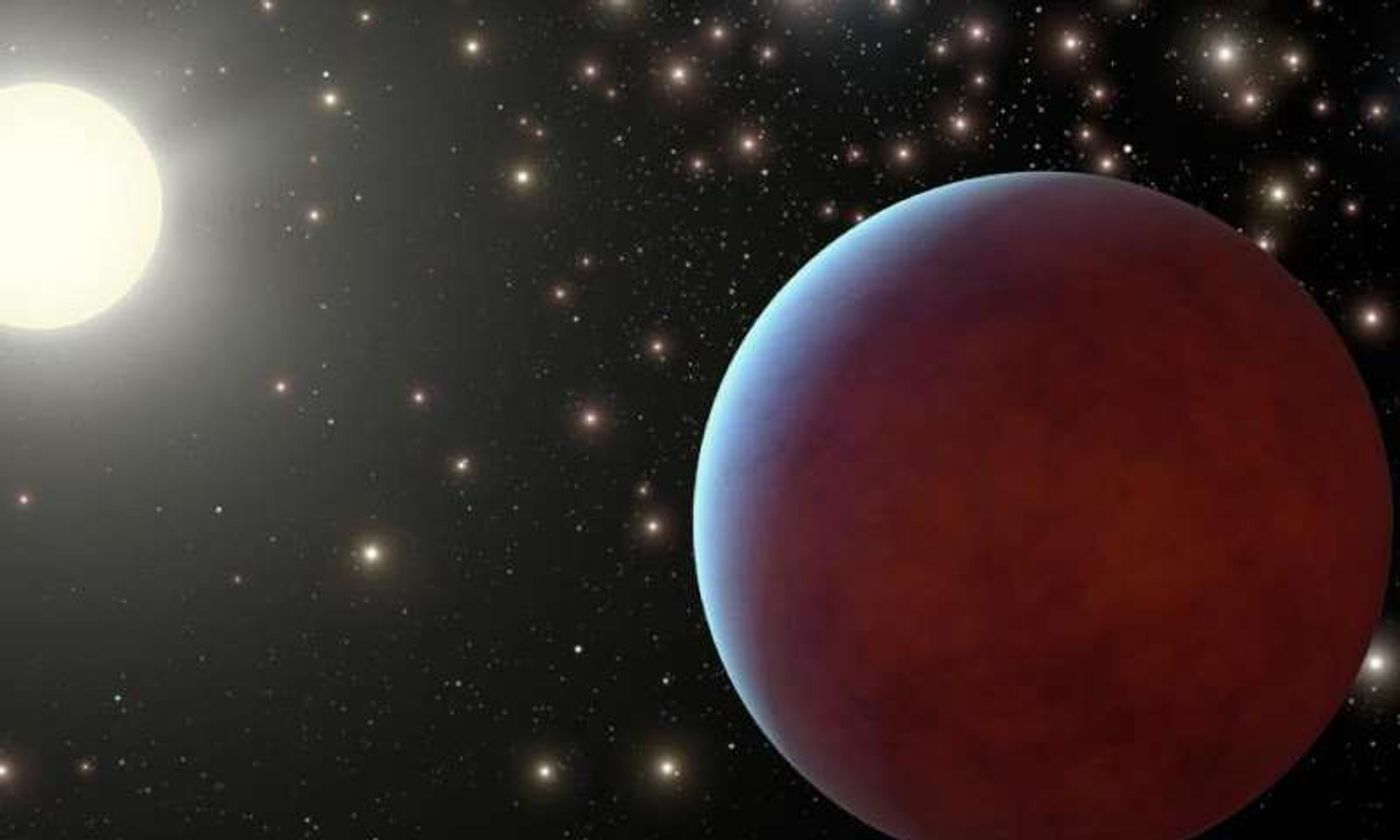Four Giant Exoplanets Discovered Around Their Large Host Stars
It seems like astronomers are able to detect new exoplanets somewhere in the universe every couple of weeks, and it continues to riddle us whether or not we’re the only planet with life or not. It also continues to riddle us in how giant planets form, and so a group of international astronomers went on an observation binge to learn more.
During their observations, they recently detected the existence of four massive exoplanets that are orbiting four massive stars in distant systems. The stars, which are several times bigger than our own Sun, play host to these massive exoplanets that vary in sizes believed to be multiple times larger than Jupiter, the largest known planet in our solar system.

The exoplanets were discovered by use of telescopes placed in a Chilean desert, and the team responsible for finding them was led by Mathias Jones of the Pontifical Catholic University of Chile.
The exoplanets, which have been given the names HIP8541b, HIP74890b, HIP84056b, and HIP95124b, are discussed in a paper that has been posted on arXiv.
HIP74890b and HIP84056b are both reportedly similar to one another in that they have similar orbital properties and are similar in size – a little over double the size of Jupiter. The time it takes for these large exoplanets to orbit their stars is about 819 days.
HIP8541b is the largest of all the exoplanets discovered, and it is five and a half times larger than Jupiter with a parent star believed to be about eight times the radius of the Sun. Notably, it takes this exoplanet approximately 1,560 days to orbit its parent star.
Lastly, HIP95124b is the size of about three Jupiters with an orbital timeframe of only 562 days. This is the fastest of all the exoplanets discovered, and it orbits a star thought to have five times the radius of the Sun.
Although there’s very little to go by as of right now, the research does suggest that it’s possible larger planets tend to come together around stars high in metallic elements.
This isn’t the first time that astronomers have found massive planets orbiting large stars, and it won’t be the last time. We find exoplanets of all different sizes and compositions – some are even as small as Earth. The only problem is, the further away a planet is, the harder it gets to detect, and this also means some estimates can often be out of calibration.
Future space exploration technology, such as the upgraded James Webb Space Telescope, and WFIRST Space Telescope, will help astronomers to see more and see further into space than ever before and may help with exploration such as exoplanet discovery.
Source: arXiv.org via phys.org








